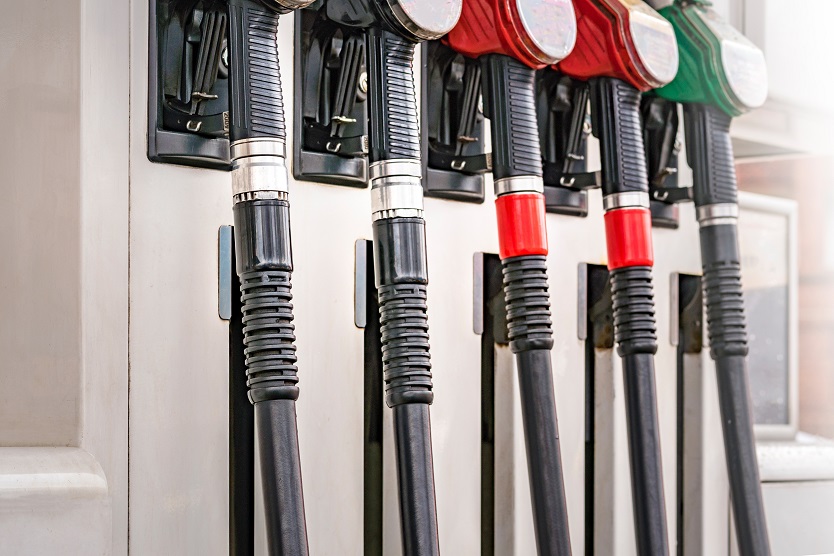A closer look: Alternative Fuels
In addition to conventional fuels and electricity, alternative fuels exist with underdeveloped potential due to their limited distribution.
Natural gas and liquefied petroleum gas (LPG)
Gaseous fuels are compressed for use in order to raise their energy density, which is essential for the transport sector, to an economic level. As a drivetrain technology, gas engines are basically similar to conventional petrol engines. Following the principle of the gasoline-powered engine, the fuelair mixture is added to the cylinder and ignited. Savings of 15 percent on CO2 emissions are possible with LPG and natural gas (CNG/LNG), compared to using a petrol engine.
Due to the high degree of technical complexity, natural gas refuelling can only be carried out at specially equipped refuelling facilities.
Biofuels
First-generation biofuels, such as vegetable oils, are relatively inefficient in terms of using raw materials. Nowadays second- generation biofuels such as biogas, biomass-to-liquid (BtL) and lignocellulosic bioethanol are used. These have a more positive energy balance and climate footprint compared to first-generation biofuels.
Biogas upgraded to biomethane can be used in natural gas vehicles and access the existing infrastructure. BtL and bioethanol are liquid fuels and can be used instead of gasoline or diesel.
For more information on biofuels see bioenergy.
Hydrogen
When used in a fuel cell, hydrogen can be a low-carbon alternative fuel for the transport sector. The hydrogen in this case is obtained from electrolysis. A problem here is that hydrogen cannot be integrated into the existing charging infrastructure.
Synthetic fuels
Other synthetic fuels can be obtained in subsequent steps after an electrolysis process. These are similar in their application to the known liquid and gaseous fuels.
For more information on synthetic fuels, see sector coupling technologies.



